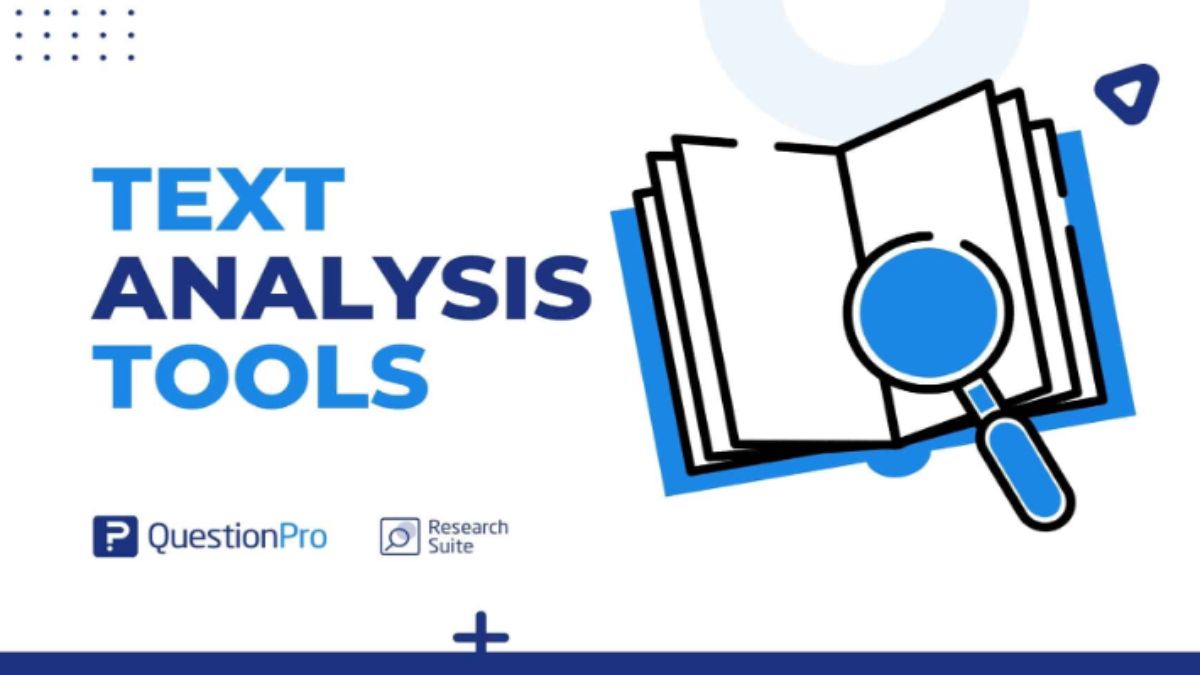In the realm of data analysis, text analytics tools have become indispensable for extracting meaningful insights from unstructured data. These tools leverage natural language processing (NLP) and machine learning algorithms to analyze vast amounts of text, enabling businesses to make data-driven decisions. This guide provides a detailed comparison of the leading text analytics platforms available in 2025, focusing on their features, benefits, and ideal use cases.Displayr+4EdrawMax+4SlideTeam+4
Understanding Text Analytics Tools
Text analytics tools are software solutions designed to process and analyze textual data. They utilize NLP and machine learning techniques to perform tasks such as sentiment analysis, topic modeling, and entity extraction. By converting unstructured text into structured data, these tools help organizations uncover patterns, trends, and insights that inform strategic decisions.Kapiche
Key Features to Consider
When evaluating text analytics tools, consider the following features:
-
Sentiment Analysis: Determines the sentiment expressed in text, categorizing it as positive, negative, or neutral.
-
Topic Modeling: Identifies underlying themes or topics within a collection of texts.
-
Entity Extraction: Detects and classifies entities such as names, dates, and locations.
-
Text Classification: Assigns predefined labels to text based on its content.
-
Multilingual Support: Ability to process text in multiple languages.
-
Integration Capabilities: Seamless integration with other data systems and platforms.
Top Text Analytics Tools in 2025
1. IBM Watson Natural Language Understanding
IBM Watson offers a comprehensive suite of NLP tools, including sentiment analysis, emotion detection, and keyword extraction. Its robust AI capabilities and seamless integration with other IBM products make it a top choice for enterprises seeking advanced text analytics solutions.
2. MonkeyLearn
MonkeyLearn provides a user-friendly platform for text analysis, offering customizable machine learning models for tasks like text classification and sentiment analysis. Its intuitive interface and real-time processing capabilities cater to both small businesses and large enterprises.
3. Lexalytics
Lexalytics specializes in sentiment analysis and text mining, offering tools that can handle large volumes of text data. Its multilingual support and industry-specific solutions make it suitable for global organizations looking to analyze diverse datasets.
4. Aylien
Aylien offers a powerful suite of text analysis tools designed for news and content analysis. It provides features such as entity extraction, sentiment analysis, and summarization, tailored for the media industry.
5. Kapiche
Kapiche specializes in customer feedback analysis, offering machine learning algorithms to uncover meaningful insights without requiring technical expertise. It automatically detects recurring themes, sentiment trends, and emerging issues, helping teams refine customer experience strategies in real-time.Home+2Kapiche+2Kapiche+2
Comparison Table
| Tool | Sentiment Analysis | Topic Modeling | Entity Extraction | Multilingual Support | Ideal For |
|---|---|---|---|---|---|
| IBM Watson NLU | Yes | Yes | Yes | Yes | Enterprises |
| MonkeyLearn | Yes | Yes | Yes | Yes | Small to Medium Businesses |
| Lexalytics | Yes | Yes | Yes | Yes | Global Organizations |
| Aylien | Yes | Yes | Yes | Yes | Media and Content Analysis |
| Kapiche | Yes | Yes | Yes | Yes | Customer Feedback Analysis |
Choosing the Right Tool
Selecting the appropriate text analytics tool depends on several factors:
-
Business Needs: Identify the specific tasks you require, such as sentiment analysis or topic modeling.
-
Data Volume: Consider the amount of text data you need to process.
-
Integration Requirements: Ensure the tool integrates seamlessly with your existing systems.
-
Budget Constraints: Evaluate the cost-effectiveness of the tool relative to its features.Blix – AI-Powered Text Analysis+2Toxigon+2InfraNodus+2Displayr
Conclusion
In 2025, text analytics tools are essential for organizations aiming to derive actionable insights from unstructured text data. By understanding the features and capabilities of various platforms, businesses can make informed decisions that enhance their data analysis processes.
FAQs
1. What is text analytics?
Text analytics is the process of analyzing unstructured text data to extract meaningful information, such as sentiments, topics, and entities.
2. How does sentiment analysis work?
Sentiment analysis uses NLP and machine learning algorithms to determine the sentiment expressed in a piece of text, categorizing it as positive, negative, or neutral.
3. Can these tools handle multilingual data?
Yes, many modern text analytics tools offer multilingual support, enabling them to process text in various languages.
4. Are these tools suitable for small businesses?
Absolutely. Tools like MonkeyLearn are designed to be user-friendly and cost-effective, making them ideal for small to medium-sized businesses.Toxigon
5. How do I integrate these tools with my existing systems?
Most text analytics platforms offer APIs and integration capabilities to seamlessly connect with your current systems.Toxigon+3Semeon+3Blix – AI-Powered Text Analysis+3
6. What is topic modeling?
Topic modeling is a technique used to identify the underlying themes or topics within a collection of texts.Kapiche+2InfraNodus+2Toxigon+2
7. Are these tools scalable?
Yes, many text analytics tools are designed to handle large volumes of data, making them scalable to meet growing business needs.
8. How do I choose the right text analytics tool?
Consider factors such as your specific business needs, data volume, integration requirements, and budget when selecting a text analytics tool.
